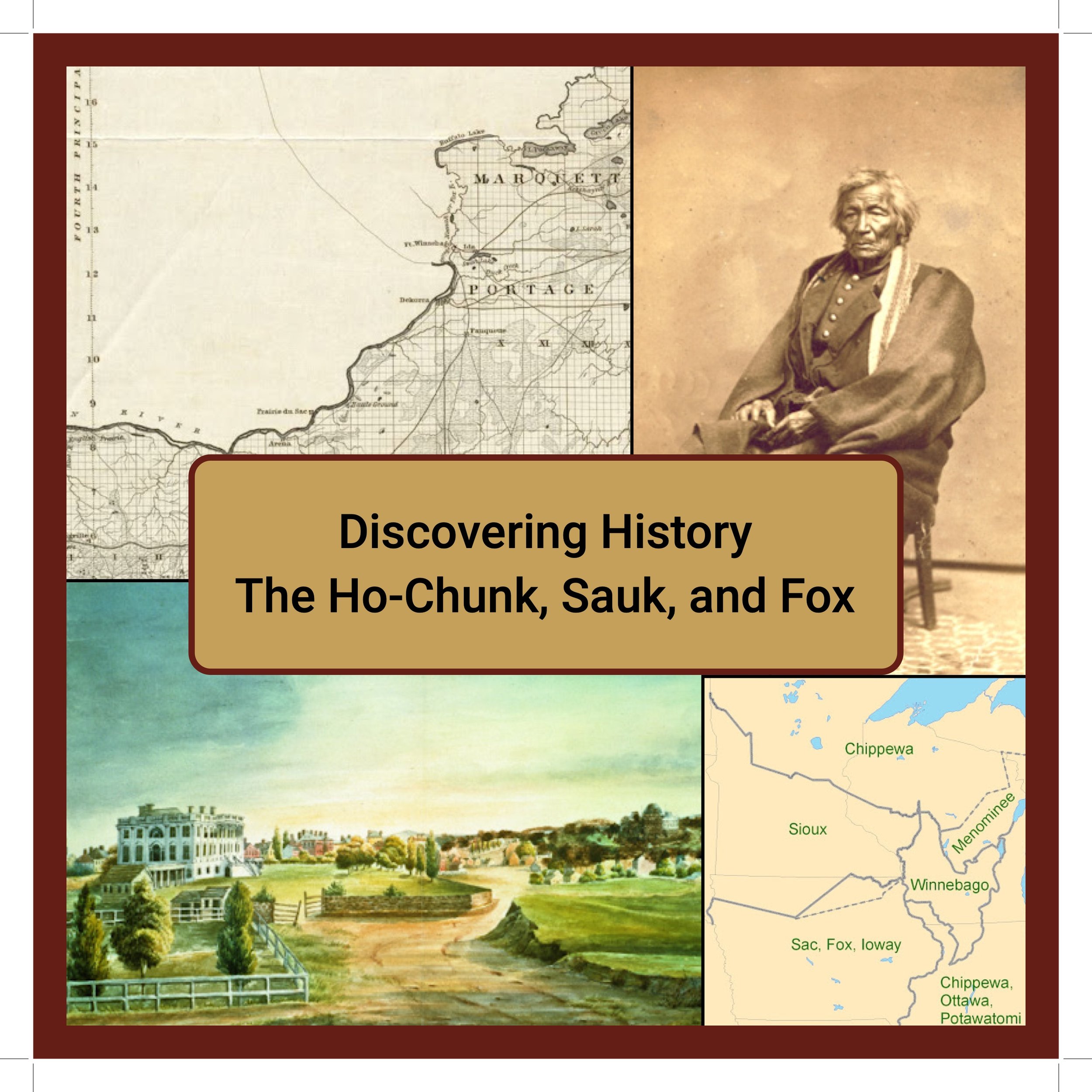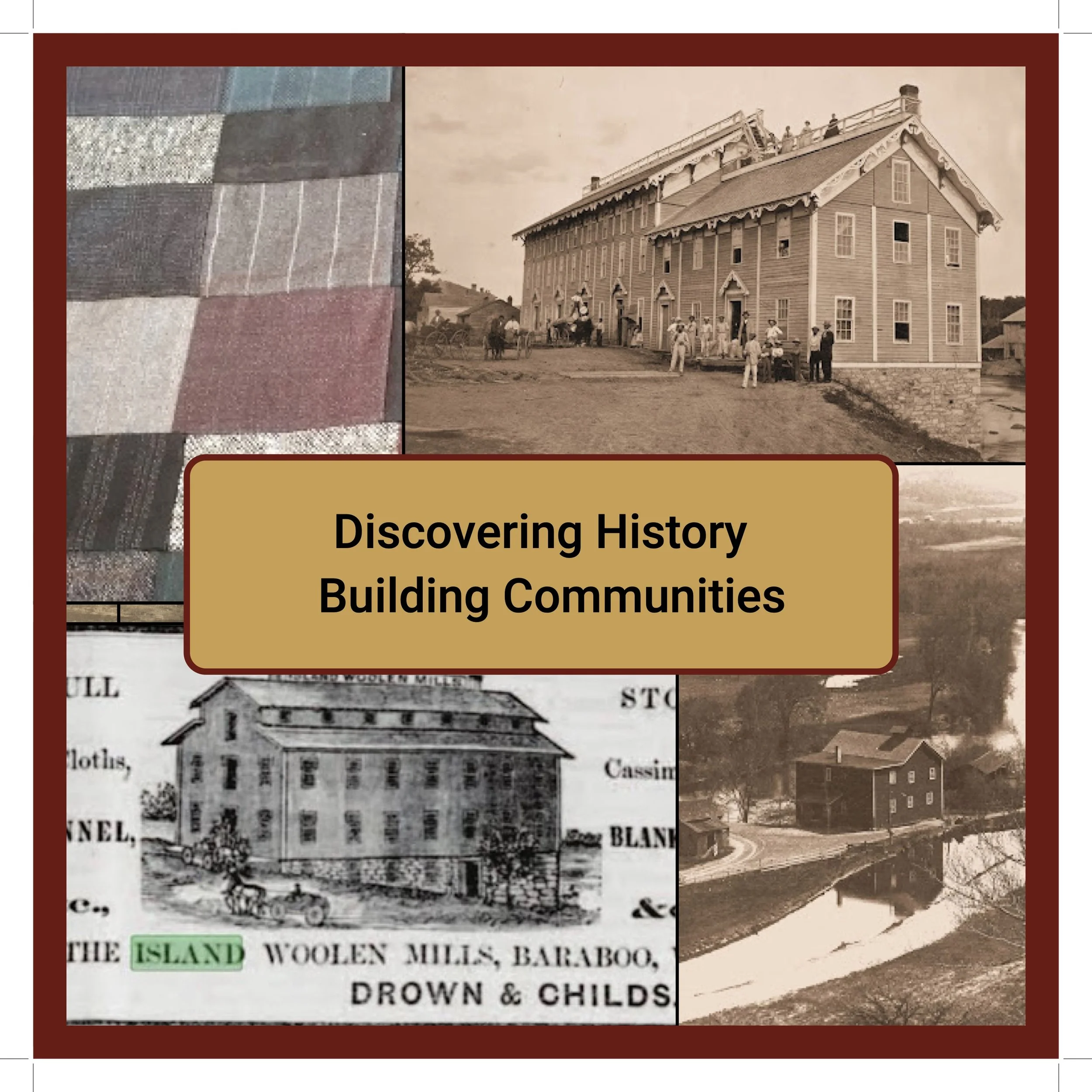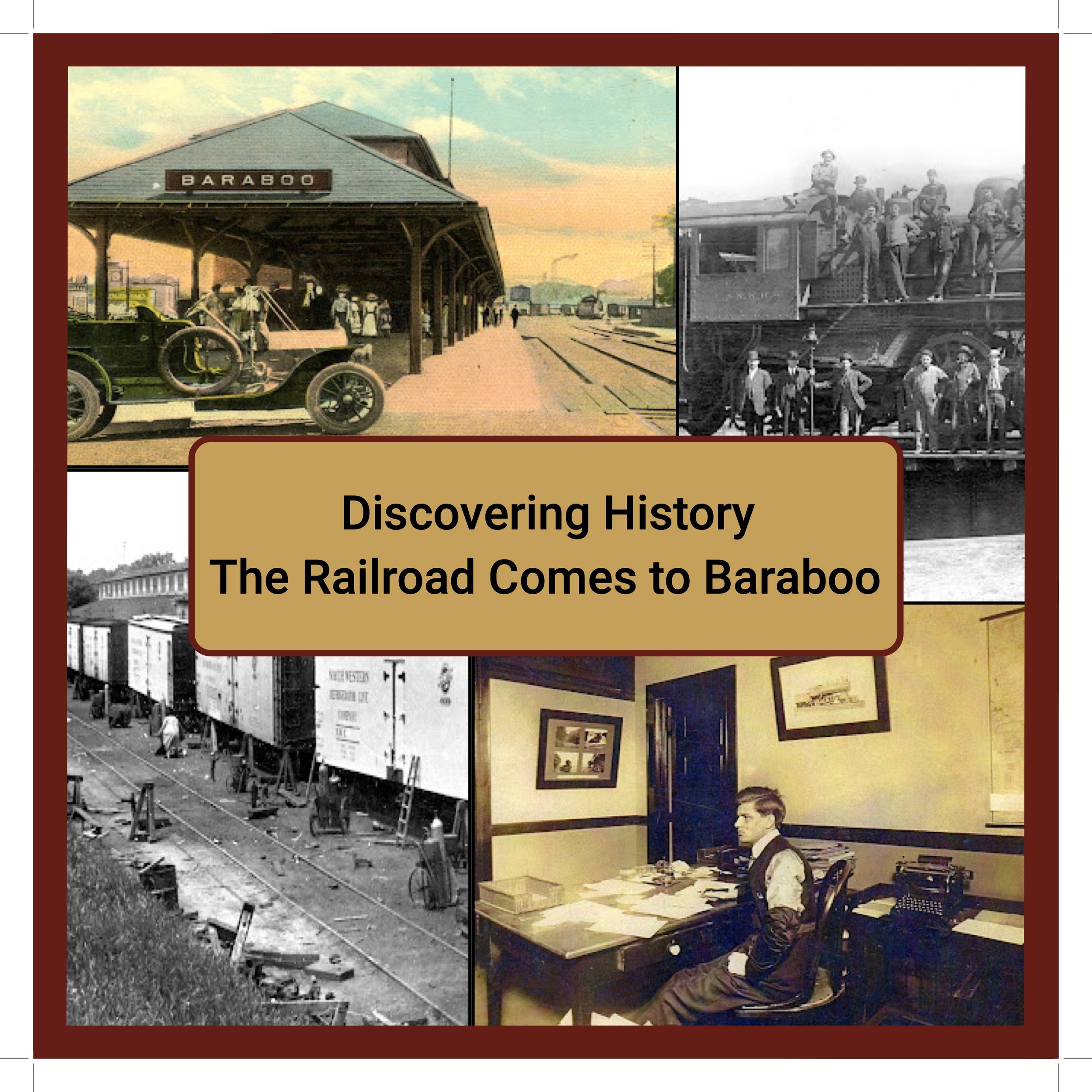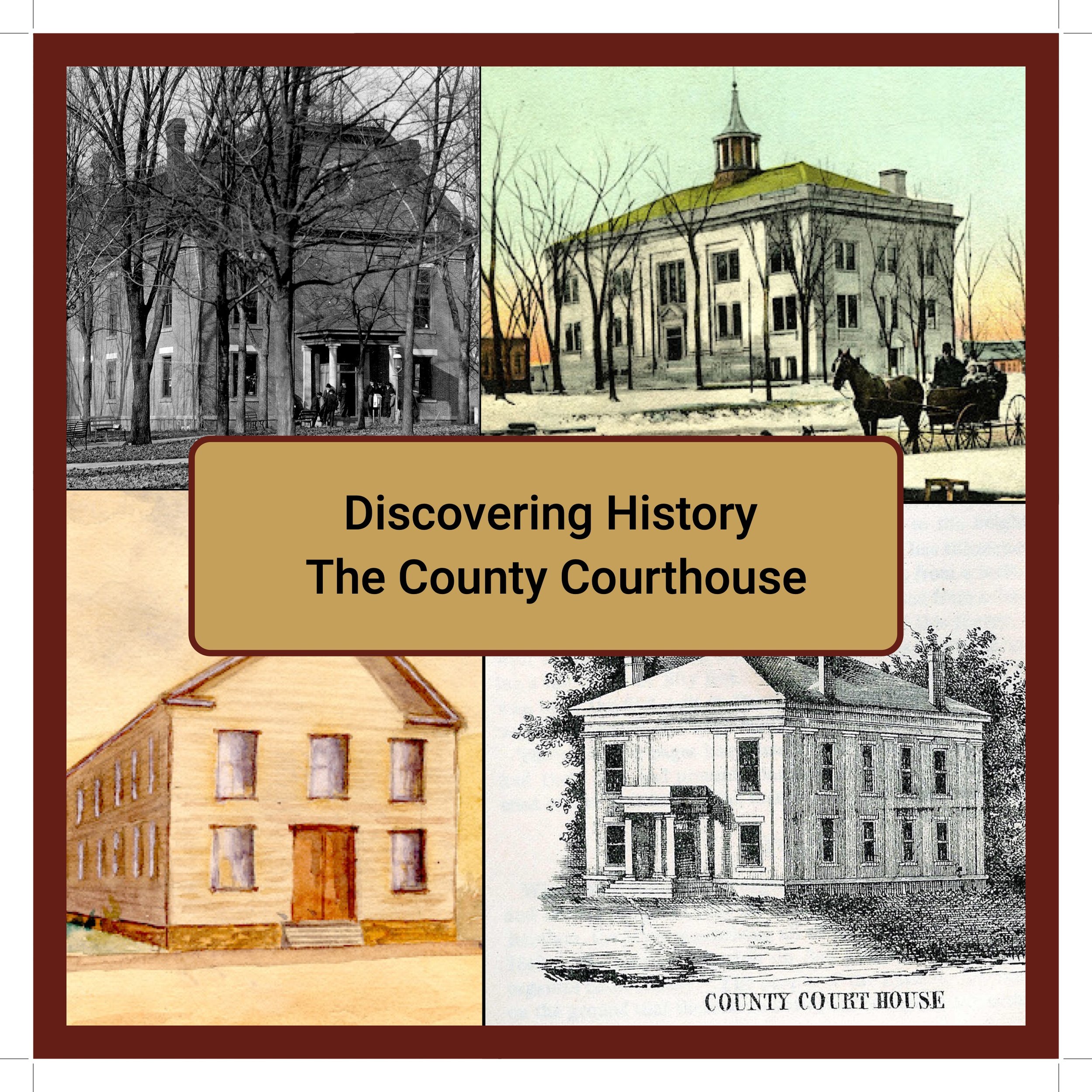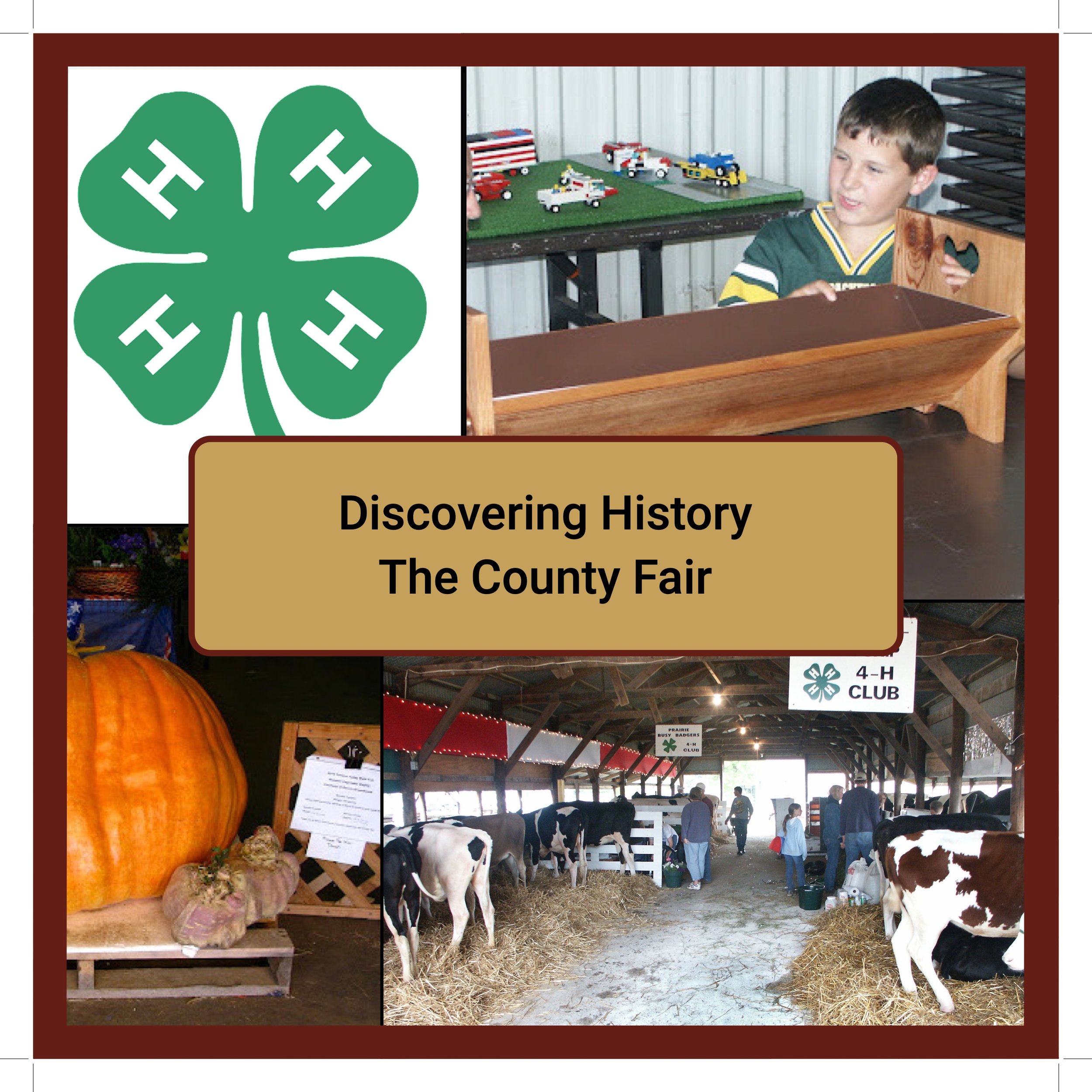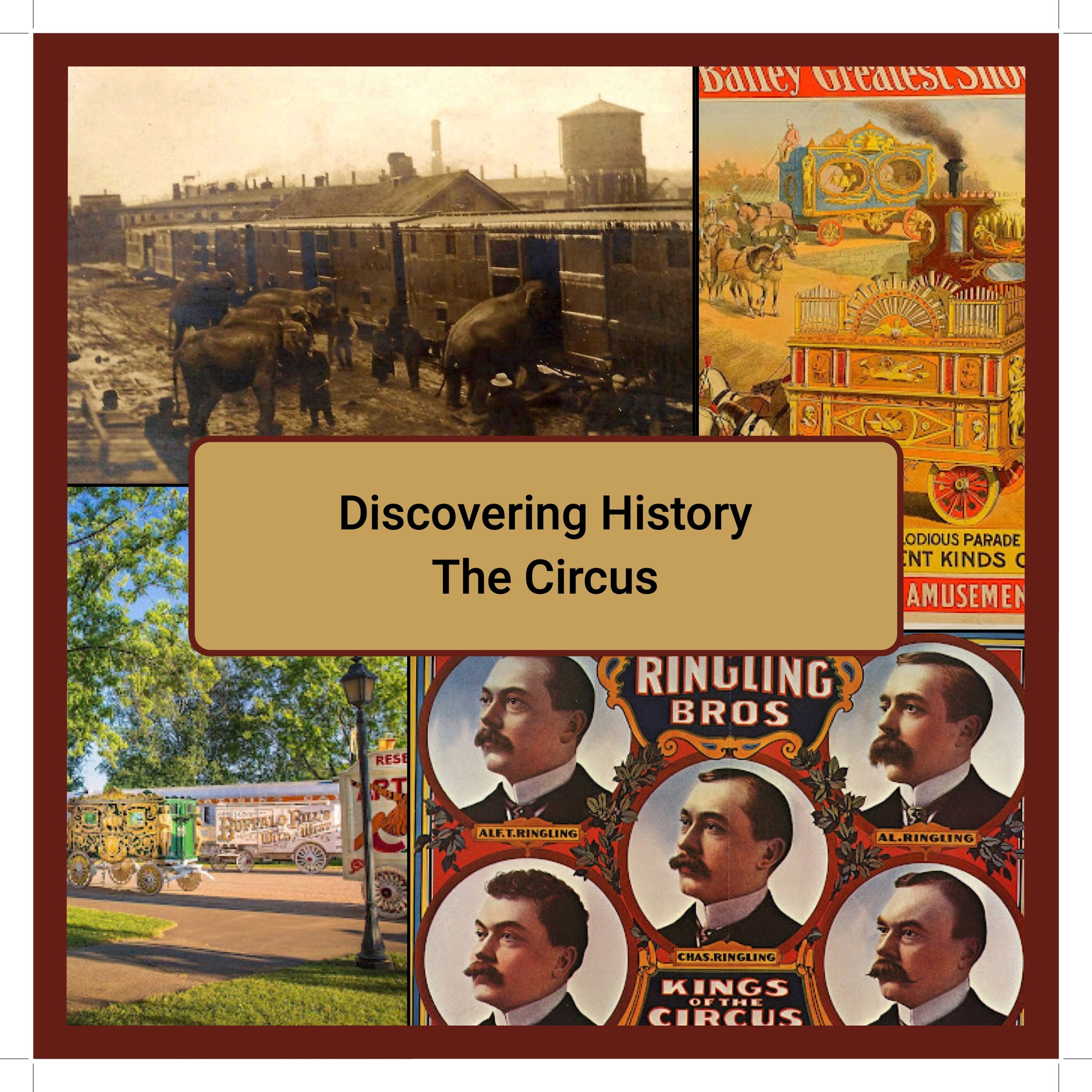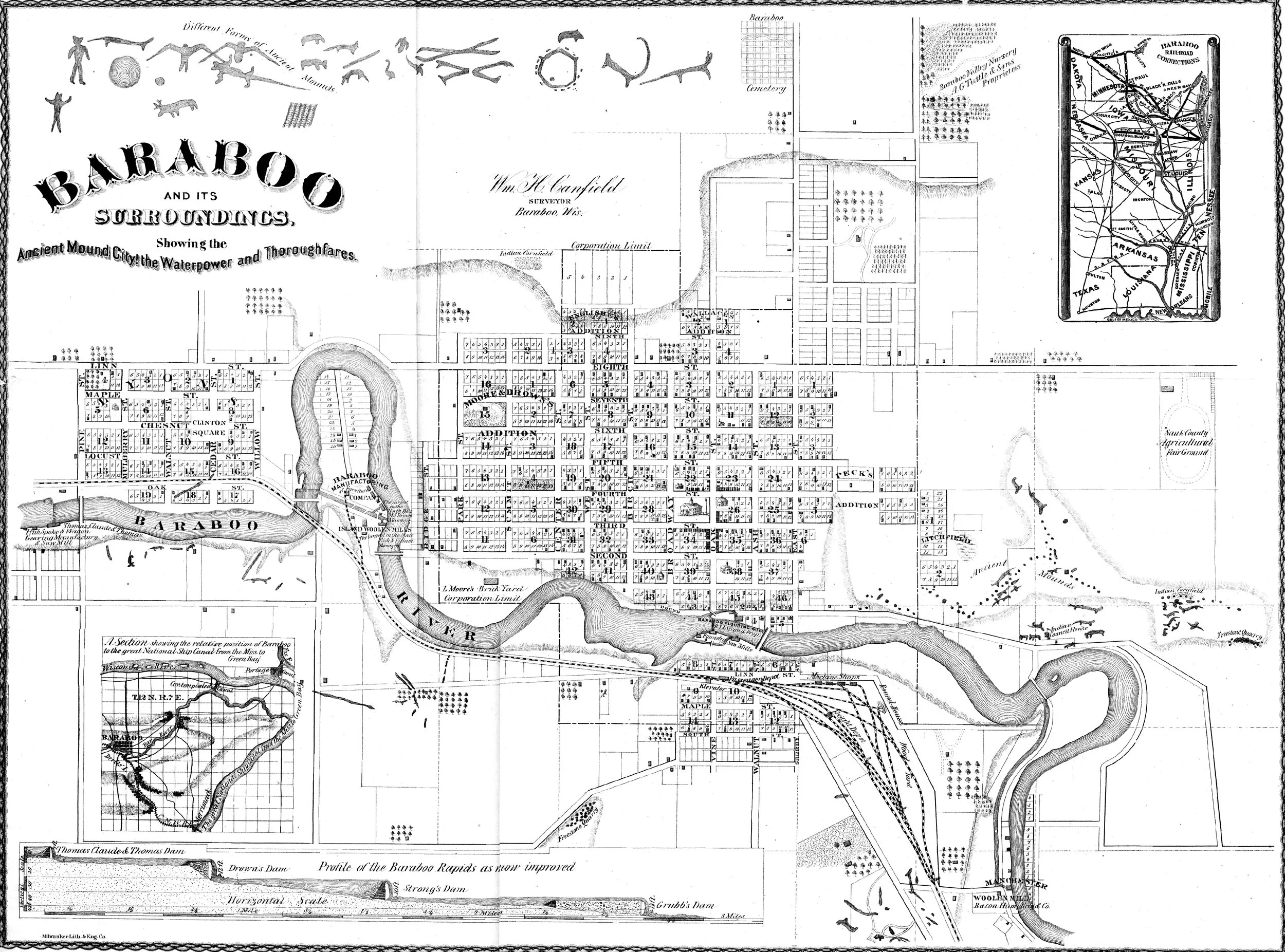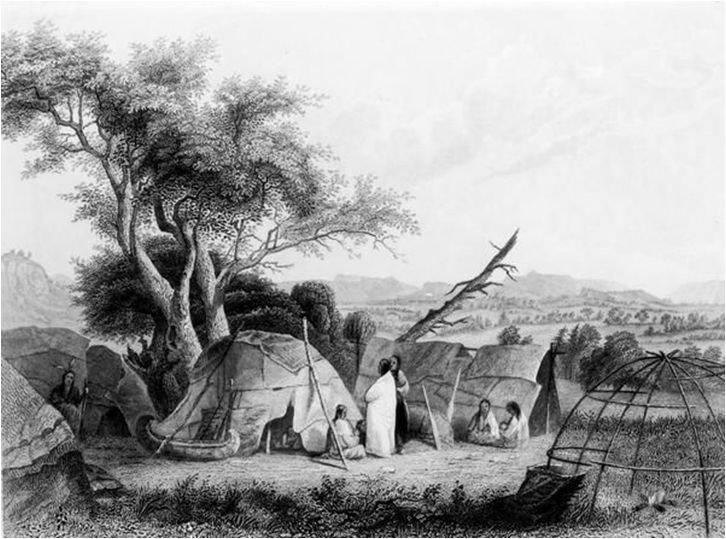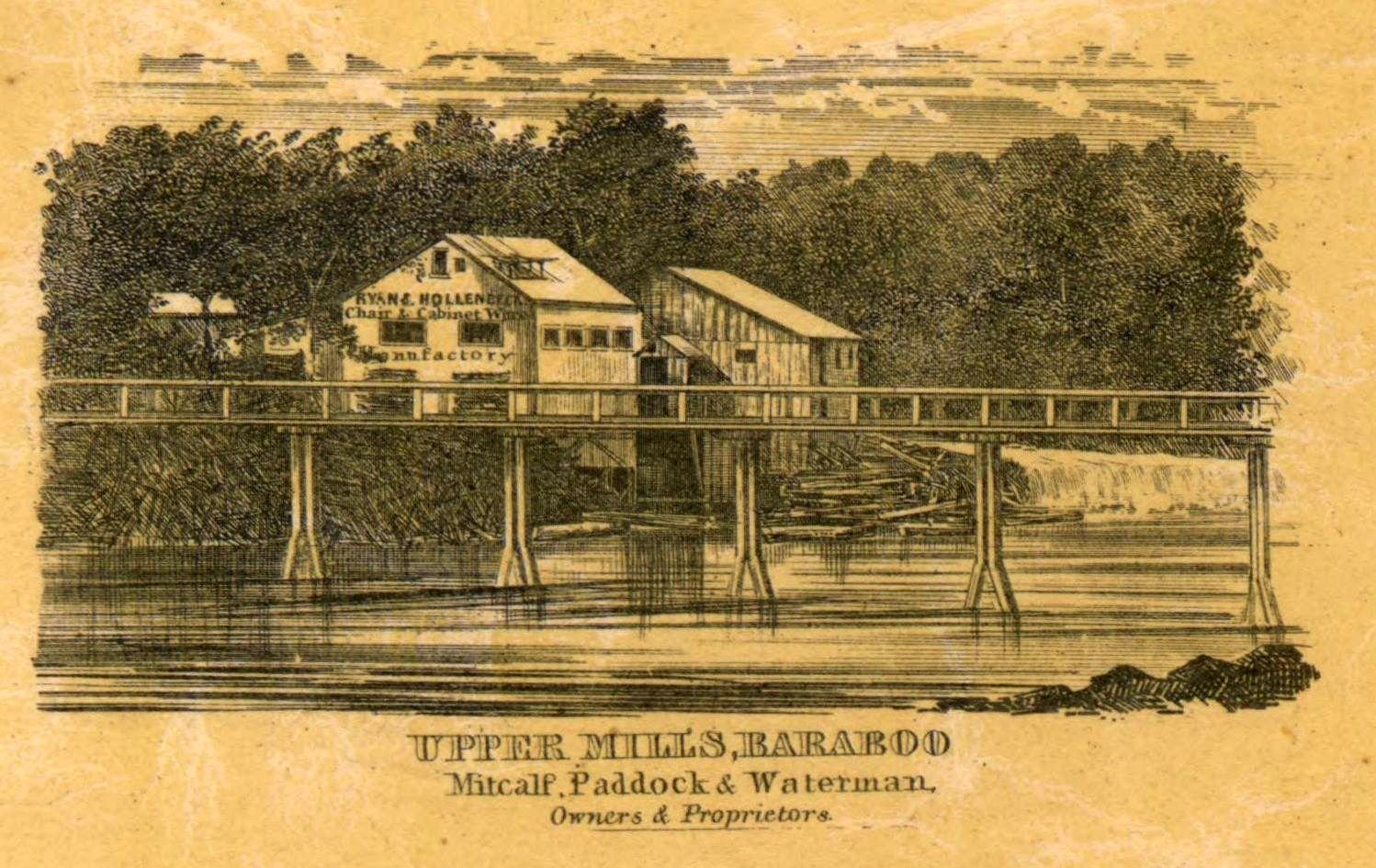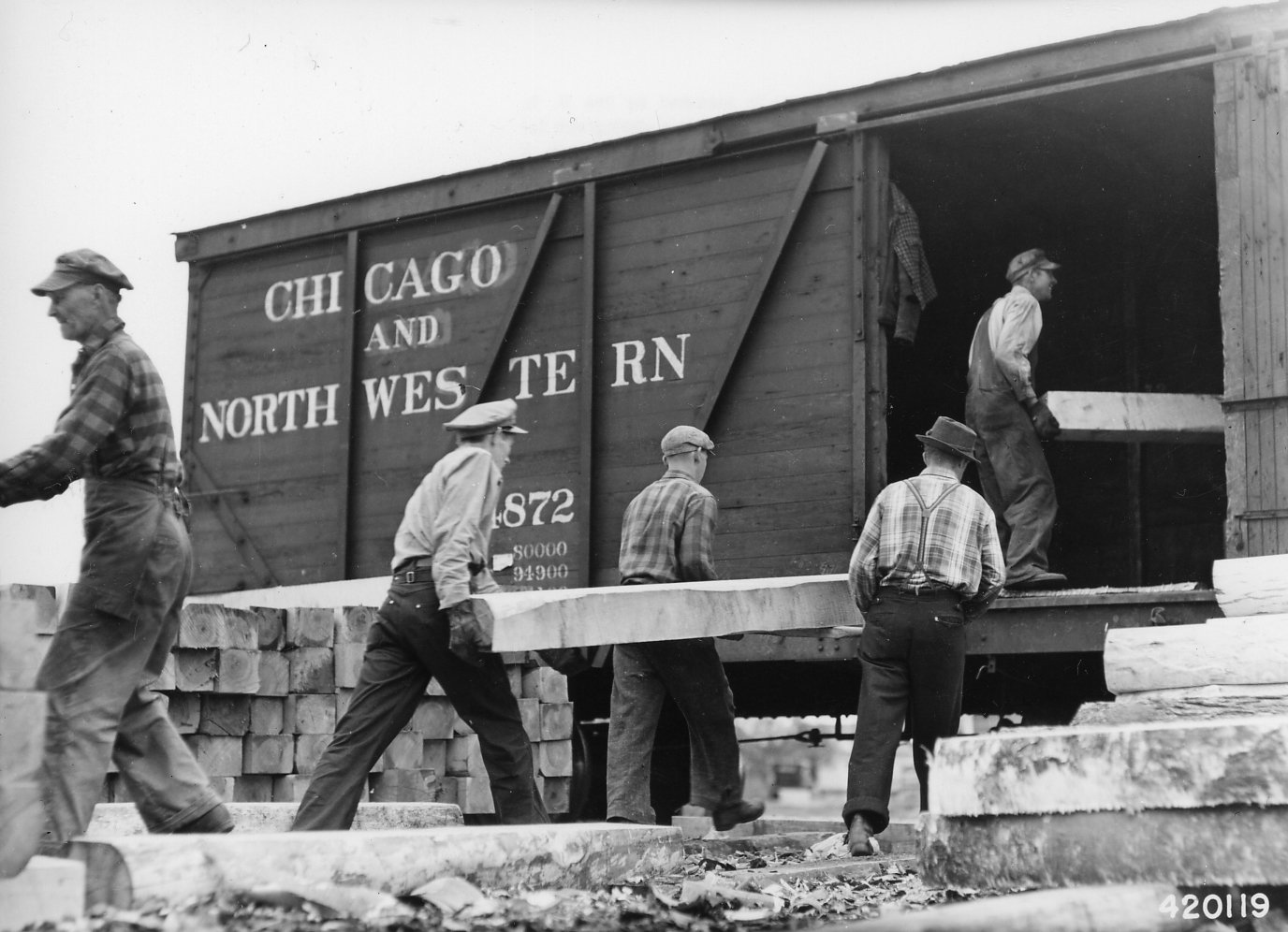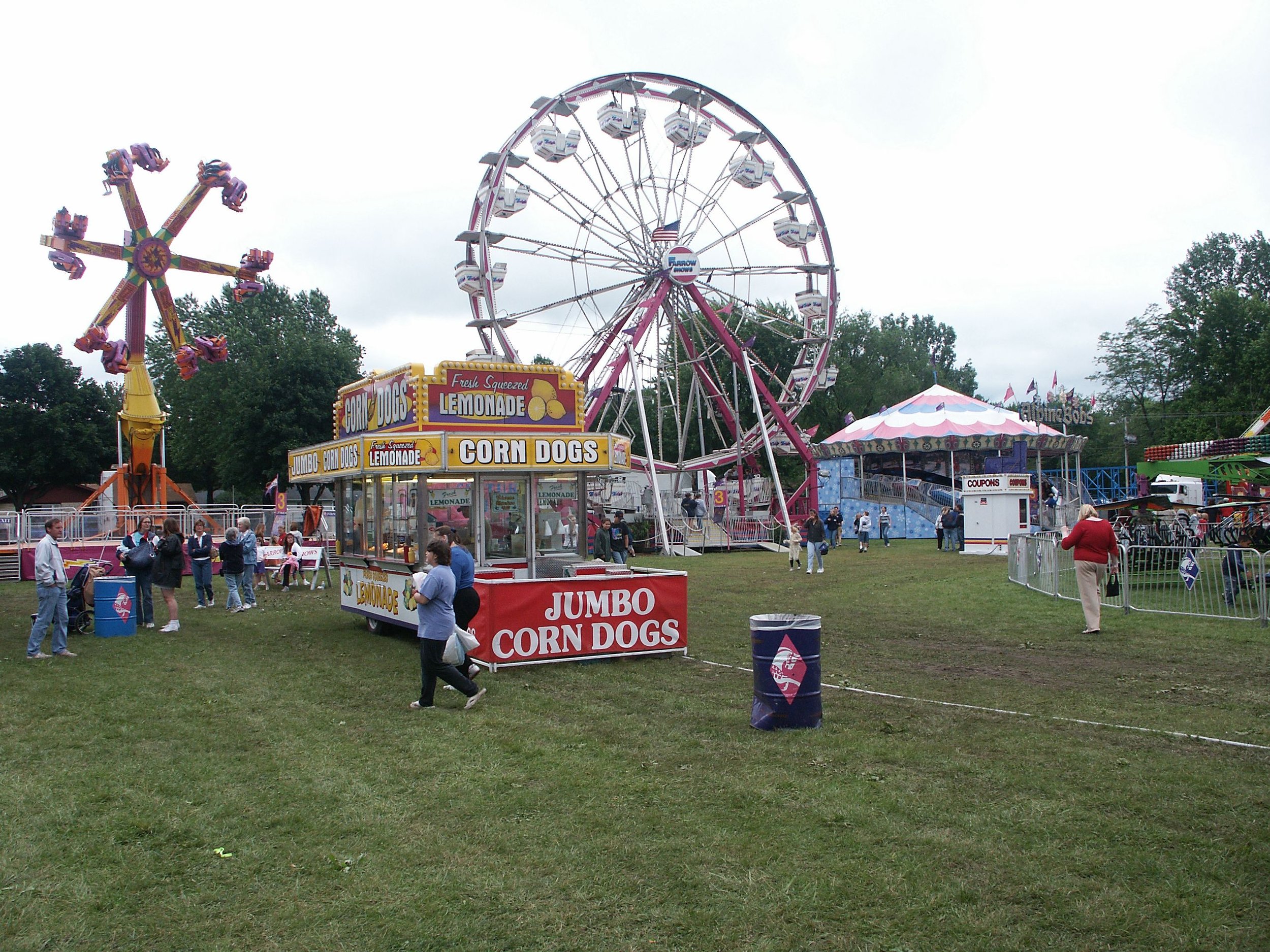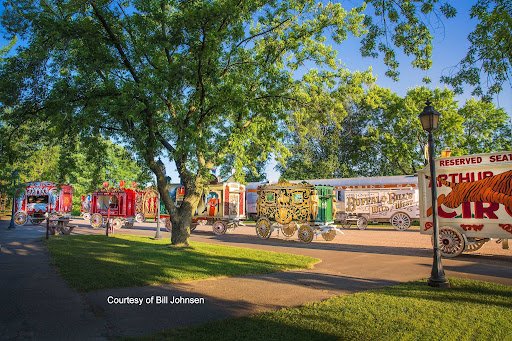Sauk County History - Grades 3 - 5
Would you like to engage your students in learning about how communities grow? Would you like them to gain an appreciation for those who lived and built the Sauk County we know today? These 10 books and their accompanying teacher resources can help. Take a look!
The History of Sauk County readers consists of ten reading books and videos that focus on the history of Sauk County beginning with Canfield’s 1872 Map, with a focus on Indigenous Peoples, community building, and the importance of the circus to Sauk County. It is especially designed for grade 4 Wisconsin History emphasis. The course Online resources includes teacher resources, projects, student worksheets, and multiple choice quizzes at no cost.
The History of Sauk County is aligned with 65 of the Wisconsin Standards for Social Studies.
Online ebooks, videos, and downloadable teacher resources are provided at no cost.
Consumable print readers are available in classroom sizes of 10 books each for 30 students. To learn more email education@saukcountyhistory.org.
Student Books
Using Maps
Mounds
The Ho-Chunk, Sauk, and Fox
Naming Baraboo
Water Power
The Mills of Baraboo
The County Seat
Railroads
The County Fair
The Circus
Written by Beverly Vaillancourt, M.Ed. and Paul Wolter
Images courtesy of Sauk County Historical Society
Video and eBook Production: PowerUp Design LLC
Student Book Videos
Student Worksheets and Quizzes
Click a topic button below explore available teacher and student resources.
Using Maps
William Canfield’s map of Baraboo was drawn around 1872 and contains many interesting things about Baraboo at that time and from the distant past. This remarkable map shows evidence of three different cultures that thought this spot along what we now call the Baraboo River was ideal for settlement.
Using Maps describes what is found on Canfield’s Map, explains how survey maps are read, and provides an introduction to the settlement of Sauk County by Indigenous Peoples and by those who settled in Baraboo in the 1800s.
Mounds
Students in this module learn about ancient mounds. In particular, they learn about Man Mound, located in the Town of Greenfield on Man Mound Road. It is important for students to understand that mounds are considered sacred sites and must be treated with respect. In the past archeologists and other interested individuals excavated mounds. However, today ancient mounds are protected by federal law and cannot be disturbed.
The Ho-Chunk, Sauk, & Fox
In this module students learn about the history of the Ho-Chunk people and the forced displacement from their native lands through treaties that favored European settlement of Wisconsin. Module 3 provides the opportunity for students to build empathy for other cultures and help students to understand the significance of Yellow Thunder's land claim and how it provided a legal strategy for the Ho-Chunk to remain on their native land.
Naming Baraboo
In this module students learn how Baraboo acquired its name. Students are introduced to local historian Mark Tully and learn from his research about the life of Francois Barbeau. They consider the impact of exploration of the area that would become Wisconsin and of trade with Indigenous People.
Water Power
In this module students learn about how water was used to power water wheels, and thus work the machinery of the mills. Students deepen their understanding of how European settlement changed the landscape with the building of dams and millraces, and then the houses and businesses that began the city of Baraboo.
The Mills of Baraboo
In this module students learn about the early growth of Baraboo, fostered by the building of dams and mills in and along the Baraboo River. Importantly, students gain an understanding of the importance of harnessing water power from the dams to power mills of various types, including saw mills, grist mills, and the Island Woolen Mill.
The County Seat
In this module students learn how Baraboo became the county seat. It is a story of twists and turns and money and politics. They also learn about the structure and purpose of government. Students deepen their understanding of the change on the Sauk Prairie from settlement by the Sauk to settlement by those moving west to settle in the Baraboo Valley.
Railroads
In Module 8 students learn about the railroad coming first to Sauk County. They learn how the railroads impacted the economy and growth of the area, and how the railroads connected Sauk County to areas west of Wisconsin. Students make connections between the impact of the railroads with settlement patterns and economic growth in Wisconsin and west of the Mississippi River.
The County Fair
In Module 9 students learn about the Sauk County Fair. They gain an understanding of the history of the fair in Sauk County from its beginnings over 160 years ago until today. They also are introduced to changing agricultural practices in Sauk County and the impact of 4-H for county youth.
The Circus
In Module 10 students dive into the history of the Ringling Brothers Circus, and how they brought fame to Baraboo. Students are introduced to the five Ringling Brothers. Importantly, they learn that the Ringling Brothers' parents were immigrants. Students are introduced to Circus World Museum where much of the history of the circus is archived. Visitors are welcome to enjoy the museum and take in the sights at Circus World.




